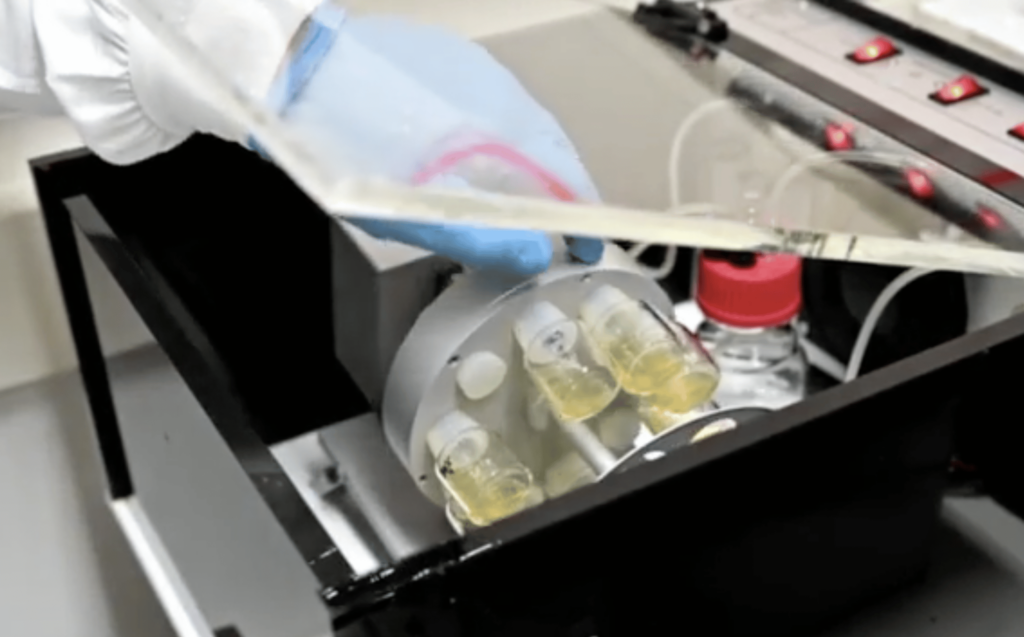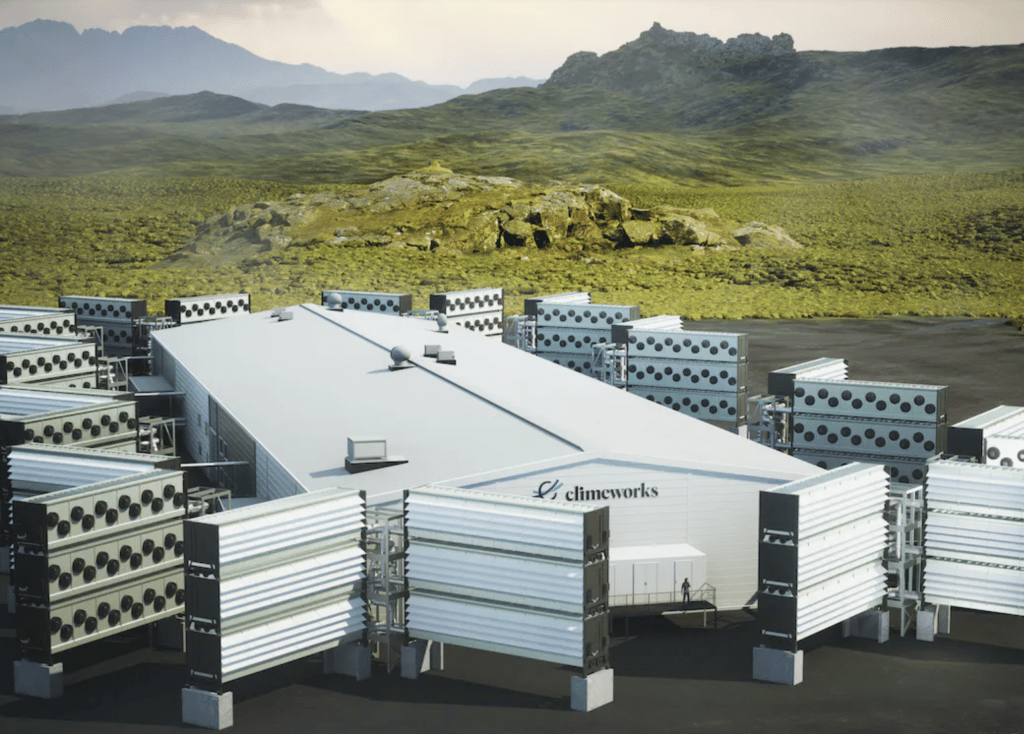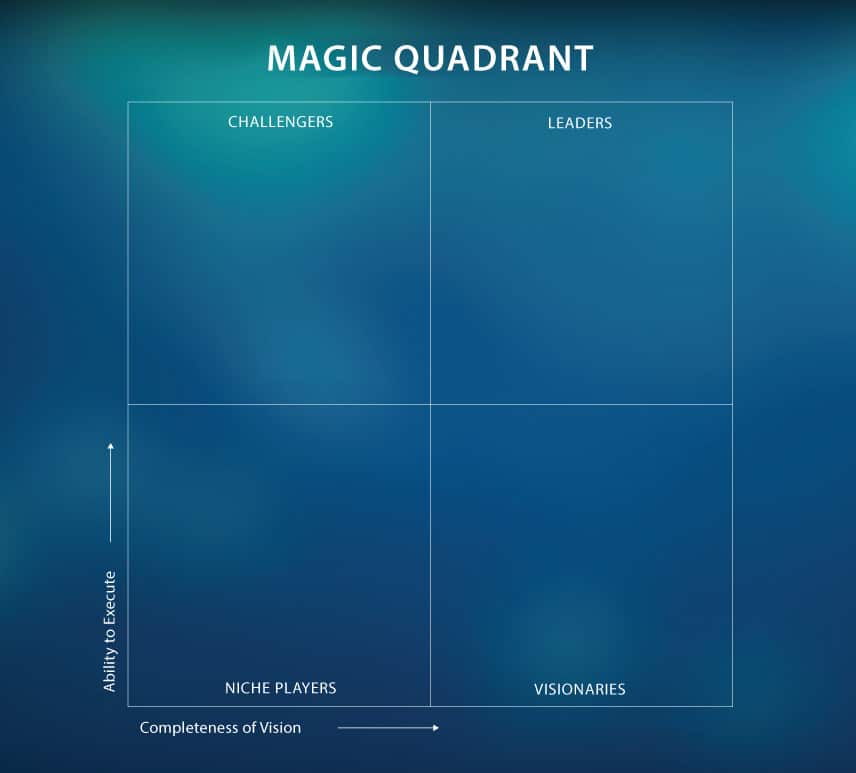2022 Breakthroughs and What They'll Mean for 2023
We've had a lot of big innovations and discoveries this year, and some of them are pretty mind-boggling. The ways they'll impact our future will be intriguing, amazing---and sometimes scary---to see. One thing is for sure: there's huge potential in advancements that have recently been made. With the right path-forging and responsible use, these could become solutions to some of the world's most pressing problems. Here are a few highlight 2022 breakthroughs and how they're likely to affect our lives going forward.
Generative AI
Many aspects of artificial intelligence have been gradually advancing, but it was big news this year when OpenAI's DALLE-2 and ChatGPT were released to the public. (At this time, DALLE-2 users are allowed a limited number of free image generations with an option to purchase more, and ChatGPT is free.) These are the most popular image and text generators, but there are many others too: Stable Diffusion, Midjourney, Starry AI and more for images; LamDa, Godel, and more for text.

A photo generated by Midjourney AI won a state fair prize in September, provoking criticism although seemingly not from the judges. I have to admit I'm tempted to enter a short story by ChatGPT into a local contest, just as an experiment (if it won, I would disqualify myself and refuse to take the award). I probably won't follow that temptation, though, because I don't think it would make these judges happy and I'd rather not be banned from entering in the future. Plus, let's not encourage plagiarism, right??
2023 will be the year of generative AI ethics. As people become more familiar with these tools, we will have to decide what is acceptable and what isn't. We'll be faced with all kinds of questions---we already are. For example, there's gray area on whether you could be infringing on copyright by using certain kinds of AI-generated pictures, since their training data sets weren't necessarily pulled from royalty-free stock images and can be very close to originals in those sets. And teachers will now have to set policies up front on the use of AI-generated text. In the new year, there will be a lot to feel out in this uncharted territory.
Stem Cell Embryos
Another breakthrough this year that feels very futuristic took place in the lab. Scientists were able to create a mouse embryo without any sperm or egg. A research team at Israel's Weizmann Institute of Science used only stem cells to begin growing this tiny mammal. On the sixth day, a tail already started budding. On the eighth day a heart began beating and signs of a brain appeared. (This is very fast development, but it's also fast in natural mouse gestation: the whole process only lasts 19-21 days.) After day eight, the embryos "suffered from aberrantly enlarged hearts" and didn't develop further. Still, some scientists believe that this was the most important scientific breakthrough of 2022.

Perhaps this could be a way to save endangered species, or eventually grow organs for those that need transplants. But such a capability also raises all kind of questions about ethics and how the technology should (or shouldn't) be used. Thankfully, we don't have to figure those answers out right away---scientists are still a long way off from growing humans from stem cells, or even bringing an animal to live birth through this process. For now, it remains a topic to ponder and slowly watch as science advances.
Fusion Energy
Other big news in science happened when a group at the Lawrence Livermore National Laboratory in California finally reached the long-elusive "ignition," when fusion energy output surpassed the energy put in. This brief burst of energy from superheated plasma was much like that which fuels the sun. (For a great review of atomic physics and what actually happens during fusion, see this article.) Fusion could eventually be a green energy boon, as there are low-risk ways to do it without creating radioactive materials.
Will this continue to be a big topic in 2023? Aside from the circles of scientists working in this field, it's unlikely that this will develop much before the next decade or two. In order for fusion to become practical for clean energy use, it would need to become both much more powerful and much more affordable. The exciting moment at Livermore, lasting less than a billionth of a second, produced an energy gain of about 1.5 (that is, 50% more than the energy put in). It would need to emit a gain of 100 to 200 in order to be feasible for energy production. Plus, materials used for this process---which include diamond and gold---are expensive, and methods are still inefficient. In short, the fusion ignition was a great highlight of future possibilities, but we'd better get to other, faster methods of clean energy in the meantime.
Carbon Capture
One of those other solutions for dealing with climate change is carbon capture. As we can't seem to move fast enough in creating sufficient clean and sustainable energy, an additional route is to remove CO2 from the atmosphere and store it deep underground, where natural processes can eventually turn it into mineral rocks. Groups like Project Carbonix are working on this, and this year Climeworks' Orca plant located in Iceland became the world's largest carbon capture facility.

Like other ways to address climate change, though, carbon capture does come along with its concerns and challenges. It needs to be done very carefully, with strong regulations and safeguards, because a burst pipe with concentrated CO2 levels could be dangerous. Also, this process itself takes a lot of energy and water. It is only one avenue toward achieving climate goals, but its promise could continue and accelerate in 2023.
2022 Breakthroughs and Beyond
Science and technology are advancing so rapidly, there are always new discoveries and breakthroughs being made. This will only snowball, especially with the assistance of AI. It's a major responsibility to make sure powerful new tools are used to improve lives and the places we live. Perhaps the biggest breakthrough of all will be a way to ensure that we move forward in positive ways with these burgeoning capabilities. But that kind of breakthrough won't be easy or static---it will be need to be constantly pursued, this year, next year and every one after that.
-
Also see:
Stay connected. Join the Infused Innovations email list!
Share this
You May Also Like
These Related Posts

5 Tech Terms for 2022

Cyberattacks in 2021 Doubled Those of 2020

No Comments Yet
Let us know what you think